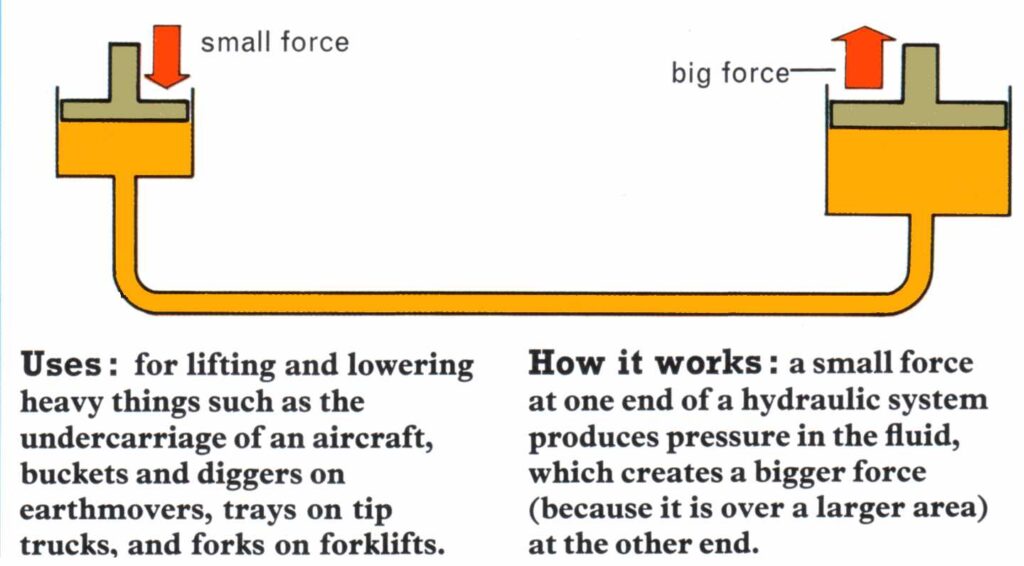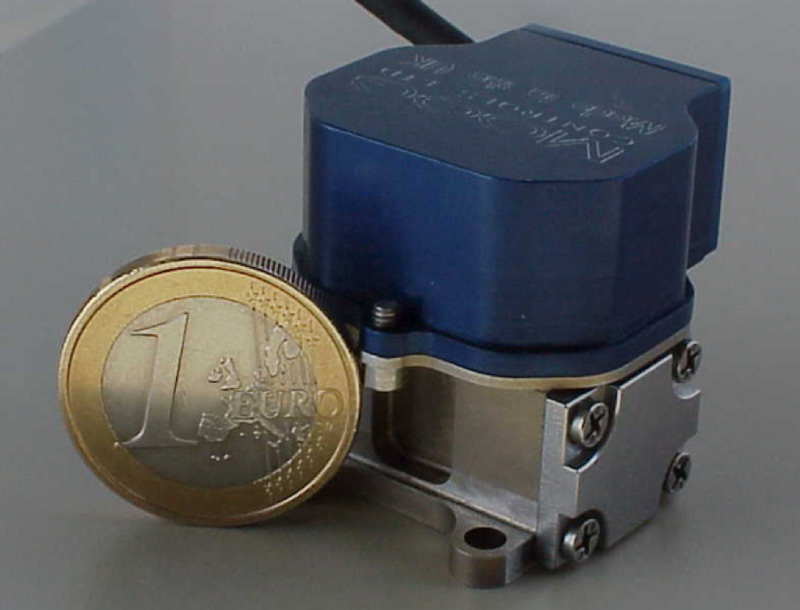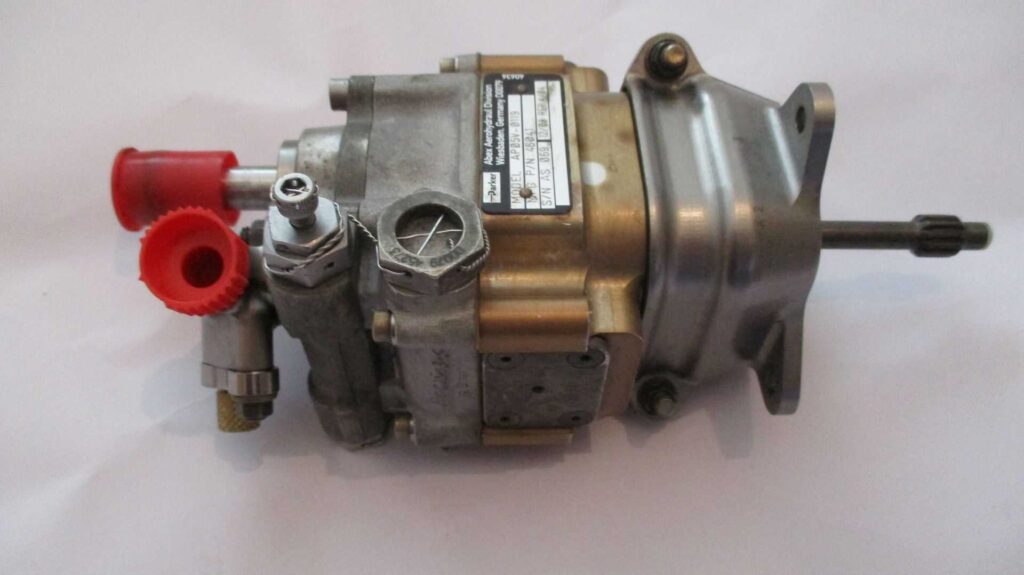Hydraulics, though a couple of hundred years old, is one of the important parts of the F1 Technology in modern racing cars. Lewis Hamilton in Turkish Gp had a massive dampening suspension to get more speed in the straits. This innovation though at least a couple of decades-old has been used aggressively now.
This made me look into the subject of Hydraulics in F1 and boy was I amazed. With my limited knowledge of technology and hydraulics. In this section, we aim to explain at a very basic level, the Hydraulics in F1.
Hydraulics 101
Hydraulics is a mechanical function that operates through the force of liquid pressure. In hydraulics-based systems, mechanical movement is produced by contained, pumped liquid, typically through cylinders moving pistons.

Hydraulics in F1
This principle when used in F1 has application in different areas of the car. This principle is used in many areas of the car. By 2021, throttle, Rear Break pressure, Break By Wire, DRS, Clutch, Power Assisted Steering in an F1 car.
:extract_focal()/https%3A%2F%2Fmotorsport.tech%2Fwp-content%2Fuploads%2F2019%2F06%2FMT_Hydraulics_actuators.jpg)
Long before hydraulic systems are worked by Mechanical actuators, Liking pulling a lever or pressing the switch. This principle was used in older F1 cars, where the drivers pull and push the levers all over the car to actuate the things with the introduction of ECU these systems become very easy. All the important functions can be mapped to the software which then actuates the piston in hydraulics to get the job done.
These tiny parts called servo Values can be closed and opened by the ECU command. The ECU in turn gets the command by the push of the button or through sensor activation. The servo valves are made by Moog Hydraulics since for a long time these are called Moog sensors. Around a decade ago Moog engineers developed a hydraulics servo so small it is miniaturized required for F1 was developed.

The circuit and the Pump

The Hydraulic pump has an inlet and outlet along for the fluids. The Hydraulic Pump is normally driven off the rear of the alternator via a splined input shaft. It supplies pressurized oil around the car to many parts that require motion assist – power steering, throttle control, gearbox control, and so on. Hydraulic actuation has many benefits over cable or electronic control in F1 environments for many reasons – lightness, response time, and durability being a few.

The main benefit of the Hydraulic pump is that it is very compact and everything required for its operation, other than the oil and the fluid is inbuilt. This is the main requirement of the F1 community. This pump is also used in F-16 fighter jets and it is tested and reliable.
The pump weighs about 1kg but is quite heavy in terms of F1 but the main issue is the power to the pump comes from the engine power. Engine power is quite the gold and after three decades of research, the power requirement has come down to 1/5th of what was required back in 2014.
The Fluid
The fluid that drives the pressure to the actuator is another important part. Olden days these are exposed to the and was susceptible to bubbles and contamination. But nowadays it is tightly integrated into the engine and kept under a nitrogen separator to keep the pressure intact.
The Fluid have an operating temperature of 120-140 degree celsius, is cooled again on the way to the tank by a heat exchange circuit in the engine block.
This tightly integrated component of the F1 engine has been a boon. Simple technology is used effectively in F1. This gives awe to the effort put into each and every car and the degree and years of innovation in it. Keep reading #Techtuesdays on allf1.in




